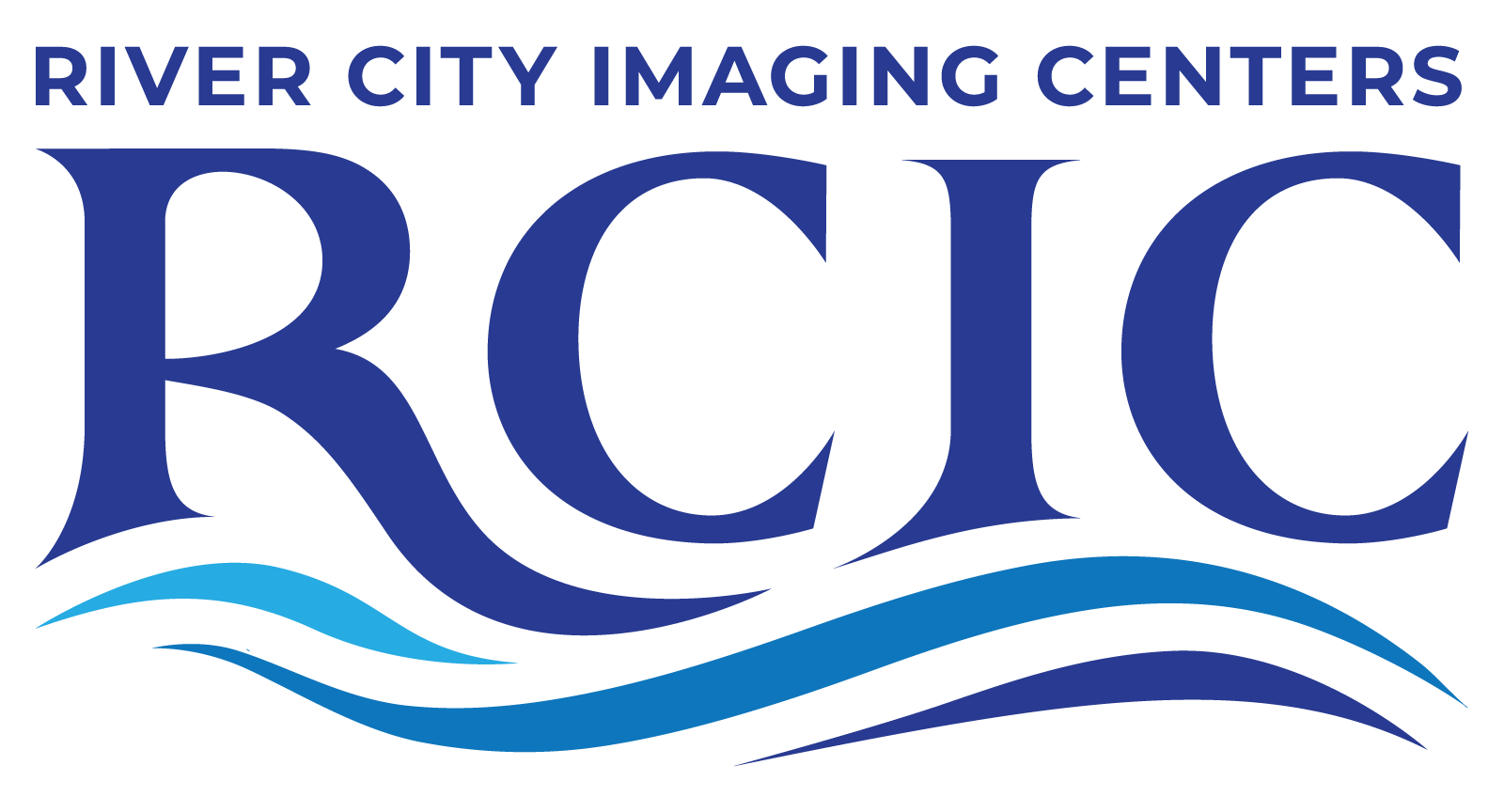Committed to Excellence in
Imaging & care
MR/CT Angiography
MR Angiography
MR angiography (MRA) uses a powerful magnetic field, radio waves and a computer to evaluate blood vessels and help identify abnormalities. This exam does not use radiation and may require an injection of contrast material. The contrast material used for MRA is less likely to cause an allergic reaction than the contrast material used for computed tomography (CT).
Tell your doctor about any health problems, recent surgeries, allergies and whether you are pregnant. The magnetic field is not harmful, but it may cause some medical devices to malfunction. Most orthopedic implants pose no risk, but you should always tell the technologist if you have any devices or metal in your body. Sometimes, your doctor will give you a card with information about your implant. Give this to the technologist. Guidelines about eating and drinking before your exam vary between facilities. Unless your doctor tells you otherwise, take your regular medications as usual. Leave jewelry at home and wear loose, comfortable clothing. You may be asked to wear a gown. If you have a fear of close spaces or anxiety, consider asking your doctor for a mild sedative prior to the exam.
CT Angiography
Computed tomography angiography (CTA) uses an injection of contrast material into your blood vessels and CT scanning to help diagnose and evaluate blood vessel disease or related conditions, such as aneurysms or blockages. CTA is typically performed in a radiology department or an outpatient imaging center.
Tell your doctor if there is a possibility you are pregnant and discuss any recent illnesses, medical conditions, medications you are taking, and allergies. You will be instructed not to eat or drink anything several hours beforehand. If you have a known allergy to contrast material, your doctor may prescribe medications to take before the CTA exam to reduce the risk of an allergic reaction. Leave jewelry at home and wear loose, comfortable clothing. You may be asked to wear a gown. If you are breastfeeding, talk to your doctor about how to proceed.
Doctors use angiography to diagnose and treat blood vessel diseases and conditions. Angiography exams produce pictures of major blood vessels throughout the body. In some cases, contrast material is used.
CT angiography uses a CT scanner to produce detailed images of both blood vessels and tissues in various parts of the body. During the exam, contrast material is injected through a small catheter placed in a vein of the arm. A radiologic technologist will capture high-resolution CT images while the contrast material flows through the blood vessels










